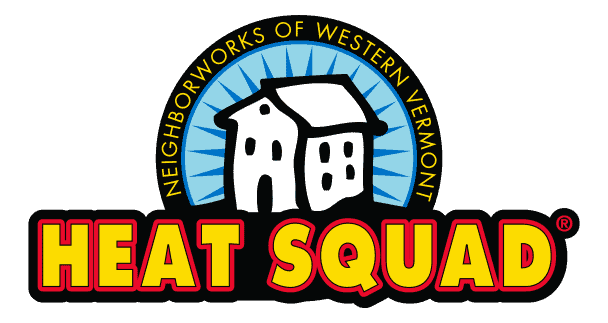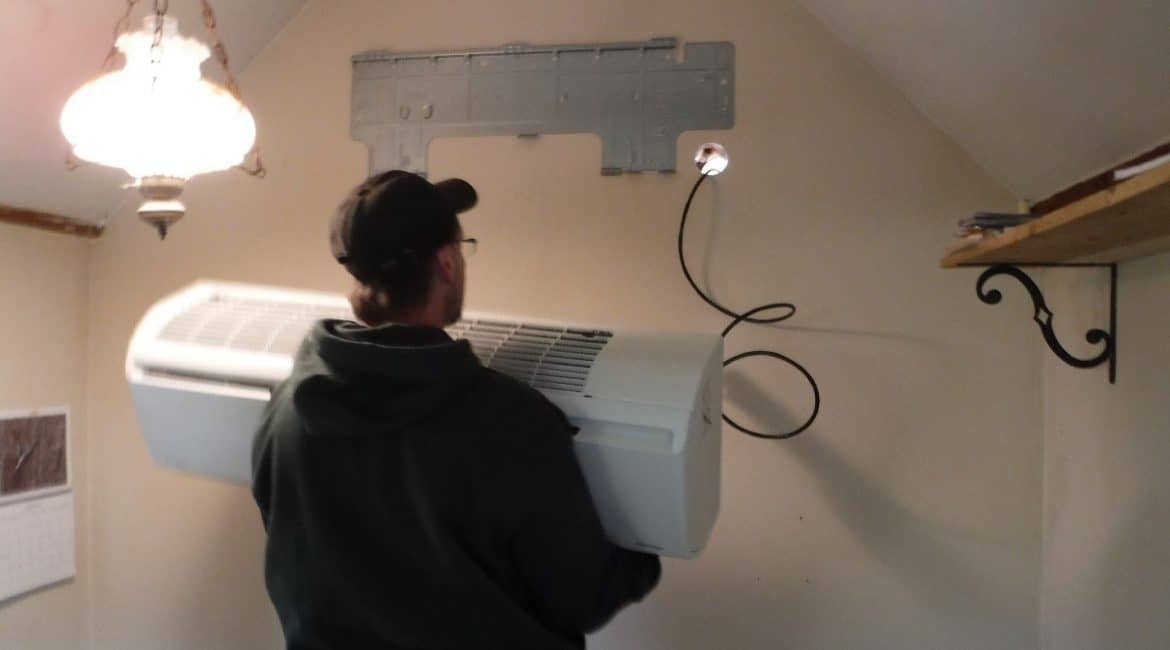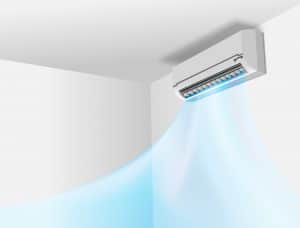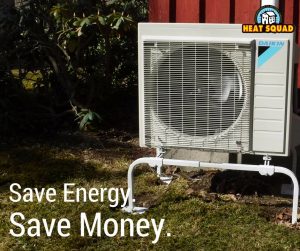Heat pumps are new to a lot of Vermont homeowners. Now that there are cold-weather heat pumps available, we are seeing more in homes around the area. These heat pumps are very different from your old furnace or boiler, and if you want to minimize your energy use, there are big differences in how to run your heat pump efficiently. Here are 12 tips to achieve the most from your heat pump that will keep you comfortable all year round.
Settings:
- Maximize your heat pump usage instead of your old system if you still have that in place. For example, set your old thermostat to ten degrees cooler than the heat pumps. This will make your old system become the backup.
- Increase your heating zone. If you are trying to heat multiple rooms, make sure the doors to the rooms are open. Some people even use small fans to help circulate the warm air into rooms that are more closed-off.
- Set it and then forget it! Unlike your old furnace, where you would turn up and turn down depending on how you felt, heat pumps are most efficient if you select a temperature and then leave it. Don’t turn it down at night or when you leave the house for the day. Not only will that not save you any energy, but it may also cause the heat pump to work harder.
- Don’t use the “Auto-Set” mode on your heat pump. In the winter, use the heat-mode and in the summer, use the cool-mode. If you use auto-set mode, your heat pump will go back and forth between heat and cool to regulate your home’s temperature. For example, on a cool summer evening, it might kick on the heat when you want it to keep cooling.
- Whether you are on the heat or cool setting, make sure the fan speed is on the highest setting. While auto for the fan is okay, it usually doesn’t move the air very far, especially if you are trying to cool or heat multiple rooms.
- Adjust your airflow depending on the season and what works best for your room(s). One tip is to aim the heat towards the floor and the cool air towards the ceiling. Most models let you change the direction with the remote so experiment to see what works best.
Maintenance:
- Just like most home systems, keeping it clean will keep it running at top efficiency. The biggest cleaning component for heat pumps are the filters. If they ever become visibly dirty, rinse and dry them. It can be weeks or even months between cleanings depending on the dust buildup and use, make sure you reset your clean filter light once you’ve cleaned it.
- Some heat pumps have allergen cartridges. If your pump is one that has it, make sure you are replacing them as recommended by the manufacturer.
- The outdoor part of your unit should be protected from ice damage during the winter. Water can freeze on the fan and cause the unit to shut down. Having the unit under a roof or rain cover can help.
- Every two-three years have a professional come out and clean the outside unit. The price is around the same as a furnace service and will help your heat pump last longer and run efficiently for years to come.
- Keep the outdoor unit clear of snow, ice, leaves and other debris.
Bottom line, not all homes are the same and thus each heat pump owner is going to have to experiment with the settings to find out what works best for each season to stay comfortable. Write down your favorite settings and keep that handy so next summer, you know exactly what to do! If you don’t have a heat pump yet but are thinking of having one installed, give our HEAT Squad energy auditors a call and have them do a comprehensive whole-home audit and they can tell you if a heat pump might be right for your home.
Author: Bailey Aines, part-time NWWVT employee.







